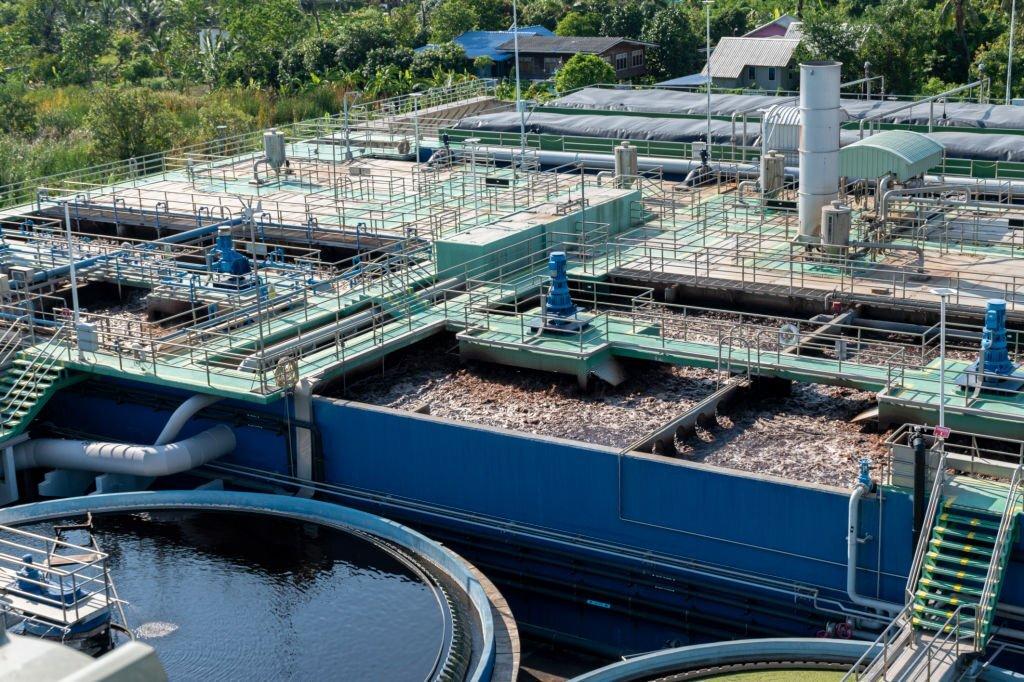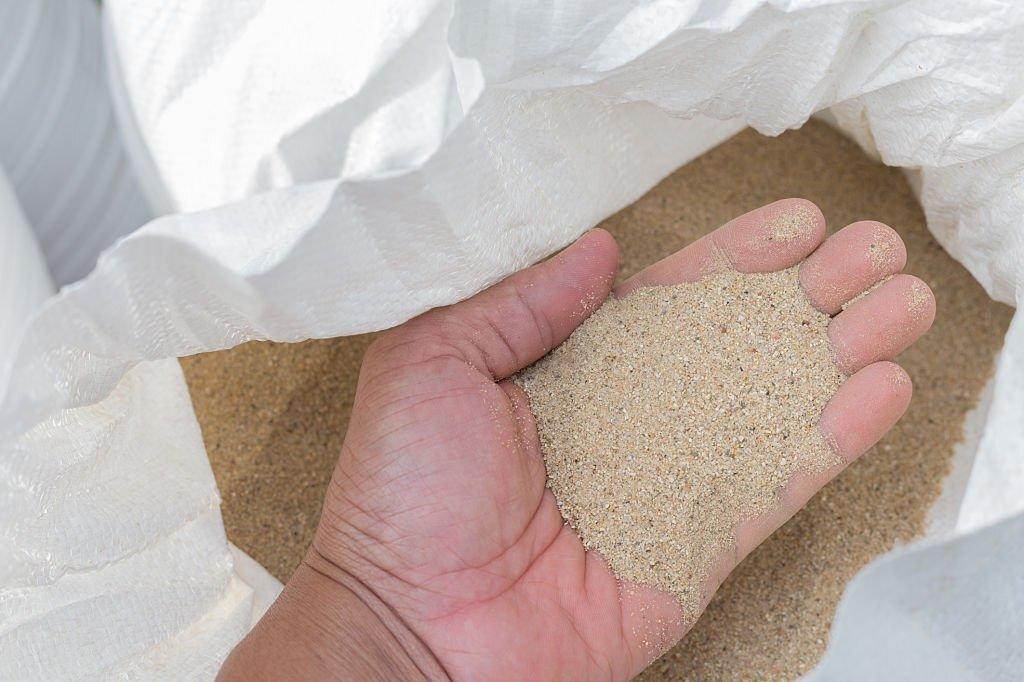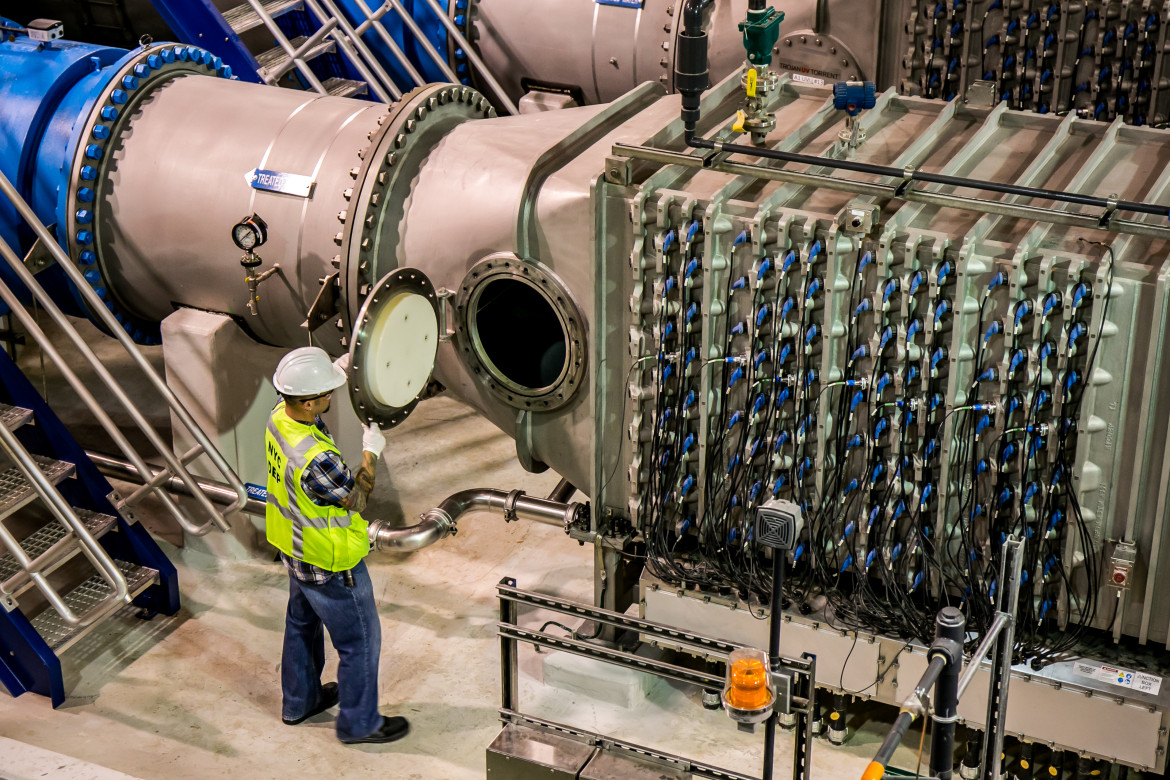Wastewater treatment might not be the most glamorous topic, but it’s essential for our environment and our well-being. Imagine if we could take this process to a whole new level, making it not just effective, but also efficient and environmentally friendly. Wastewater Treatment and the Circular Economy
This is where the concept of a Circular Economy (CE) steps in, revolutionizing how wastewater treatment plants (WWTPs) operate. In this article, we’ll dive into what CE means for WWTPs and how it’s changing the game
But first things first, what is Wastewater Treatment?
Wastewater treatment refers to the process of cleaning and purifying wastewater before it is released back into the environment or reused. Wastewater is any water that has been used by individuals, industries, or businesses and contains various contaminants, pollutants, and waste materials.
This can include water from toilets, sinks, showers, factories, and stormwater runoff.

The primary goal of wastewater treatment is to remove harmful substances and pollutants from the water to prevent environmental contamination and ensure the safety of public health.
he treatment process involves a series of physical, chemical, and biological processes that work together to separate solids from liquids, break down organic matter, and neutralize or remove harmful chemicals and pathogens.
Why is it crucial to know and invest in this field?
- Environmental Protection: Untreated wastewater can contain harmful pollutants that can damage ecosystems, harm aquatic life, and contaminate water sources, including rivers, lakes, and oceans. Proper treatment minimizes these negative impacts on the environment.
- Public Health: Wastewater often contains disease-causing microorganisms, viruses, and bacteria. Treating wastewater ensures that these pathogens are removed or rendered harmless, preventing the spread of waterborne diseases.
- Water Resource Management: Treating and recycling wastewater can help alleviate the strain on freshwater sources. Treated wastewater can be reused for irrigation, industrial processes, and even for drinking water in some cases.
- Regulatory Compliance: Governments and environmental agencies often have strict regulations in place to ensure that wastewater is treated before being discharged. Compliance with these regulations is essential to avoid penalties and legal consequences.
- Industrial and Agricultural Needs: Industries often generate wastewater with specific contaminants that need to be treated before disposal to prevent pollution. Similarly, agriculture can benefit from treated wastewater for irrigation, reducing the demand on freshwater resources.

The methods and technologies used in wastewater treatment vary based on the level of treatment required, the specific contaminants present, and the intended end use of the treated water.
Common treatment processes include physical filtration, chemical coagulation, biological digestion, and disinfection.
What is do we mean by circular economy?
The Circular Economy (CE) is an economic and environmental concept that promotes the idea of reducing waste, maximizing resource efficiency, and closing the loop of material use.
Unlike the traditional linear economy, where resources are extracted, used, and then disposed of as waste, the circular economy seeks to create a continuous cycle where products, materials, and resources are reused, refurbished, recycled, and repurposed to minimize environmental impact.

In the context of wastewater treatment, the circular economy concept is being applied to revolutionize how wastewater treatment plants (WWTPs) operate and contribute to sustainable water management. Here’s how the circular economy connects to wastewater treatment:
a. Resource Recovery
b. Energy Generation
c. Water Reuse
d. Closing the Loop
e. Innovation and Design
Circular economy thinking encourages innovative design of products and systems to facilitate easier disassembly, repair, and recycling.
In the context of wastewater treatment, this can lead to the development of more efficient treatment technologies, smarter infrastructure, and optimized processes that align with the principles of waste reduction and resource efficiency.
Water Pathway: Sustainable Water Management
CE principles emphasize the reuse and conservation of resources, including water. In WWTPs, sustainable water management involves not only wastewater treatment but also the optimization of water intake and distribution systems.
Water recovery, a pivotal aspect of CE, involves reusing treated municipal wastewater for irrigation. Additionally, promoting water-saving practices among industrial users contributes to water conservation before it turns into wastewater.
Energy Pathway: Efficient Energy Usage and Recovery
The energy pathway in CE focuses on both energy recovery and reducing energy consumption in WWTPs. Strategies such as optimizing the efficiency of pumps, blowers, and fans can significantly improve energy efficiency.

Energy recovery systems, including biogas combustion and thermal transformation of sewage sludge, play a vital role in generating electricity and heat. By integrating these systems, WWTPs can enhance their energy independence and reduce their environmental impact.
Materials Pathway: Resource Recovery and Nutrient Management
Resource recovery from waste generated in WWTPs is a fundamental CE principle. Notably, recovering nutrients, especially phosphorus, from wastewater and sewage sludge is gaining attention. Chemical or thermochemical processes are used to increase nutrient bioavailability in solids.
This nutrient-rich waste can be applied to land as a fertilizer, provided it undergoes appropriate treatment. Recovering valuable materials like polymers and microplastics further contributes to resource optimization.
The “Wastewater Treatment Plant of the Future”
Envisioning a “Wastewater Treatment Plant of the Future” involves integrating CE principles into WWTP design and operation. This conceptual framework focuses on viewing municipal wastewater as a potential source of water, energy, and secondary raw materials.
By aligning these three pathways, WWTPs can meet operational requirements while contributing to societal well-being, ecological sustainability, and research advancement.
Let’s drop it
The transition towards a Circular Economy model in wastewater treatment plants presents a transformative approach to enhance sustainability, reduce waste, and recover valuable resources.
Through innovative strategies in water management, energy optimization, and materials recovery, WWTPs can play a pivotal role in ensuring a cleaner and more resource-efficient future.

Among the various innovations, the implementation of zeolite-based filters, such as Zeomedia, offers significant advantages over traditional sand and anthracite filters.
These filters enhance water quality, improve resource recovery, and contribute to the overall success of the Circular Economy approach in wastewater treatment.





